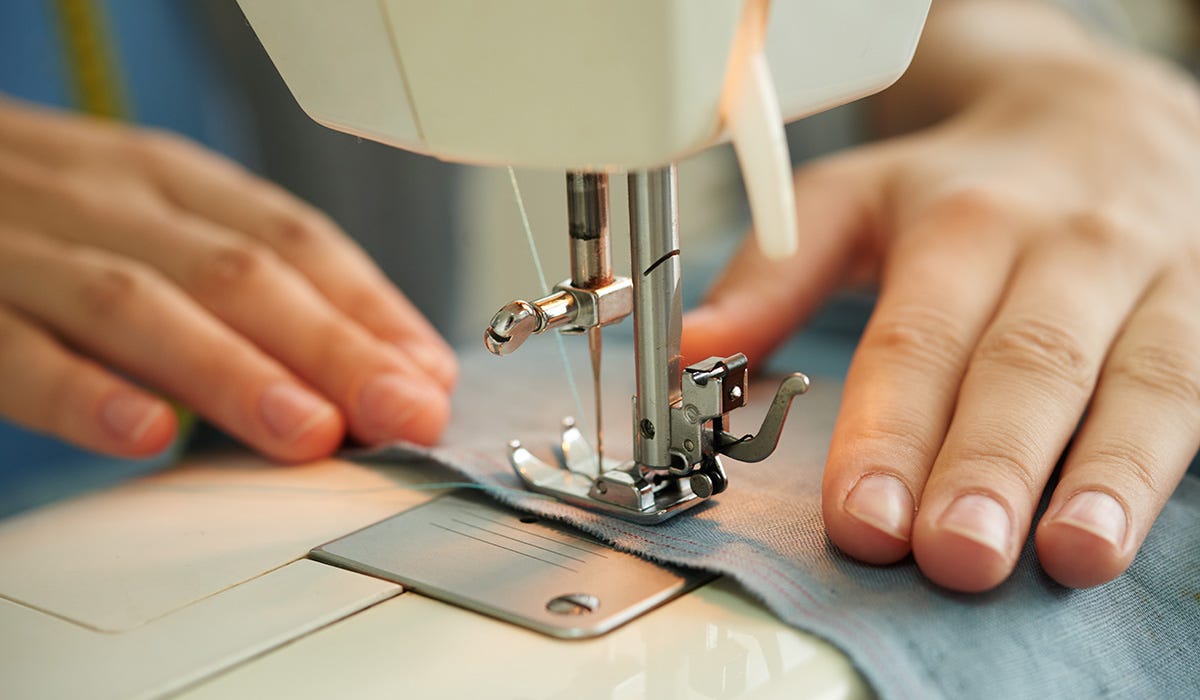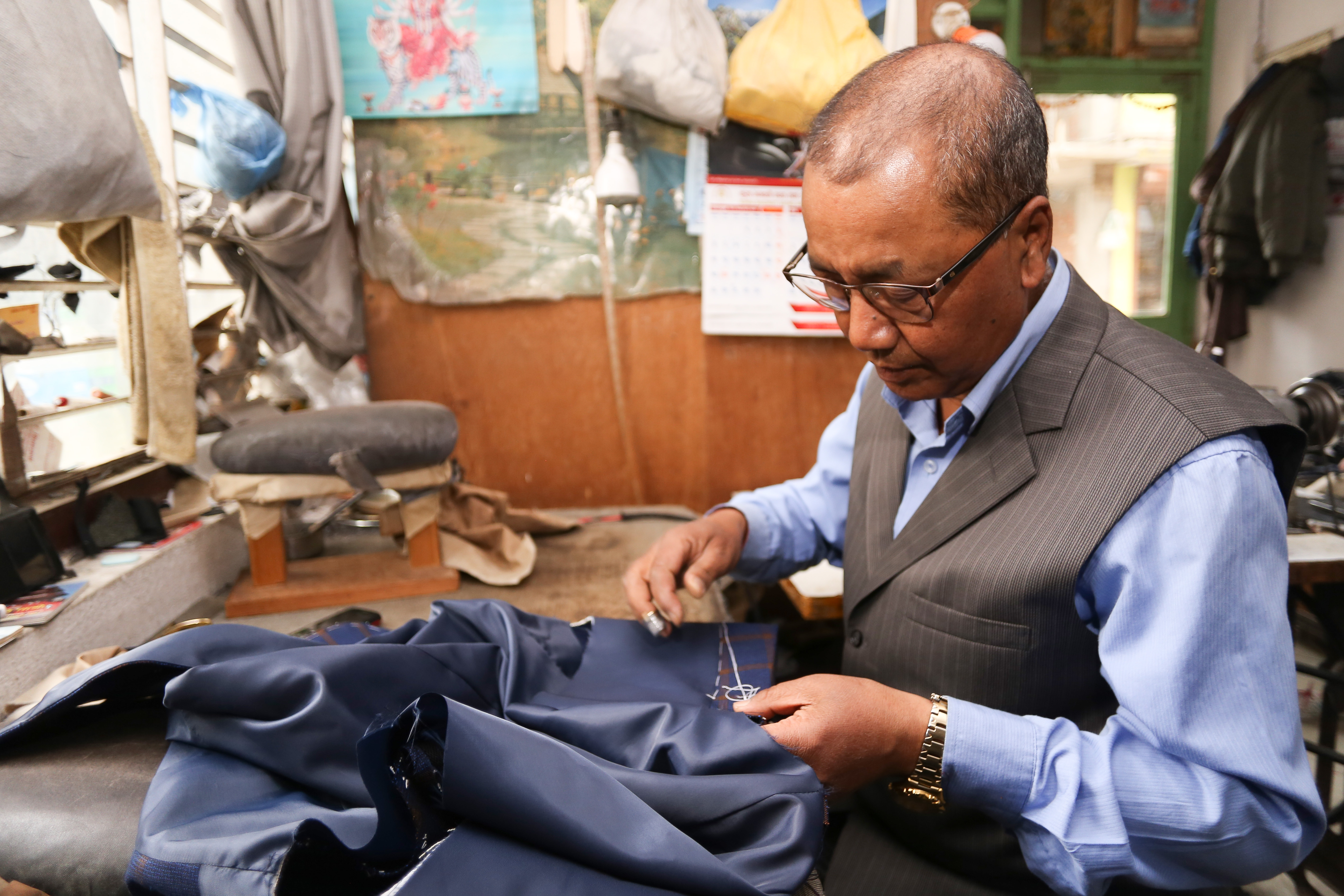Change Your Look with Tailor Perth: Personalized Tailoring Services
Change Your Look with Tailor Perth: Personalized Tailoring Services
Blog Article
Recognizing the Tailoring Refine: From Material Selection to Final Fitting for the Ideal Closet
The customizing process is an intricate interplay of art and scientific research, beginning with the vital decision of textile option and culminating in the accurate adjustments of last fittings. Each textile type brings special top qualities that affect not just the aesthetic allure however also the garment's longevity and suitability for numerous events.
Importance of Textile Selection
Selecting the appropriate fabric is vital in the tailoring process, as it straight affects the convenience, sturdiness, and general aesthetic of the final garment (tailor perth). The choice of textile establishes the structure for the garment's capability, efficiency, and design. Different materials have distinct properties, such as stretch, weight, and breathability, which can significantly affect how the garment drapes and fits the body
In addition, fabric choice impacts the garment's longevity and ease of treatment. Premium materials can stand up to deterioration, preserving their appearance and framework gradually, while lower-quality products may bring about pilling or fading. Furthermore, the right material adds to the garment's capability to transition across periods and events, therefore boosting adaptability.
A customized piece made from a suitable fabric not just showcases workmanship however likewise elevates the user's self-confidence. Recognizing the subtleties of material selection is vital for any type of customizing undertaking. It makes sure that the final item not only fulfills the aesthetic desires of the customer but additionally lines up with useful requirements, thereby accomplishing a harmonious equilibrium between type and feature in the tailored closet.
Kinds Of Fabrics and Their Usages
Comprehending the numerous sorts of textiles available is essential for making informed choices throughout the customizing process. Each textile possesses special characteristics that dictate its viability for certain garments and occasions.
Cotton, recognized for its breathability and softness, is ideal for laid-back wear and summer garments. Its versatility enables it to be customized right into whatever from t shirts to dresses. Wool, on the various other hand, is preferred for its warmth and framework, making it an excellent option for official matches and outerwear - tailor perth. Its natural flexibility helps garments preserve shape with time.
Silk emanates deluxe and is light-weight, making it ideal for eveningwear and delicate blouses; nonetheless, it calls for careful handling due to its frailty. Linen, with its distinctive finish, is a preferred option for warm climates, supplying a airy and crisp feeling, however it wrinkles conveniently, which might influence the garment's look.
Artificial fabrics, such as polyester and nylon, offer resilience and resistance to wrinkles, making them suitable for everyday wear and energetic apparel. Recognizing these material kinds and their residential or commercial properties enables far better decision-making, making certain that each customized item not only fits well however likewise lines up with the intended purpose and celebration.
The Tailoring Methods Explained
The art of tailoring counts on a variety of strategies that change material into well-fitted garments. Central to this process is pattern drafting, where a dressmaker develops themes based on the client's measurements and wanted design. This initial action makes certain that the garment will certainly fit the wearer correctly before any kind of reducing occurs.
Once patterns are developed, cutting techniques enter play. Precision is paramount as inaccuracies can bring about misfitting garments. Tailors usually use various reducing techniques, such as single-layer cutting for complex designs and multiple-layer reducing for effectiveness on standard patterns.
Basting is an additional necessary method, permitting tailors to momentarily stitch textile pieces with each other for a preliminary installation. This technique offers the opportunity to examine the drape and total click here for more silhouette prior to last stitching.
Seaming techniques, including flat-felled joints and French seams, enhance the garment's resilience and visual appeal. Tailors likewise use techniques such as interfacing and padding to offer framework and form to particular locations, like collars and shoulders.
Lastly, ending up strategies, including hemming and side ending up, ensure the garment's durability while providing a refined appearance. With each other, these techniques develop the foundation of efficient tailoring, leading to elegant, custom-fit apparel.
Suitable Changes and Considerations

Secret considerations include the shoulder fit, which should neither droop nor restrict activity, and the sleeve size, which ought to enable comfy arm activity while maintaining a polished appearance. Furthermore, adjustments at the waistline can improve the silhouette, with alternatives to allow out or take in fabric as required.
The rise of pants is another important element; it should rest easily above the hips without creating discomfort, allowing for convenience of motion. Hemming lengths for both trousers and skirts should mirror the user's preferred design while respecting percentages.

Maintaining Your Tailored Attire
Correct maintenance of tailored garments is necessary to protecting their fit and look with time. To ensure longevity, regular cleaning is critical. Always comply with the care label directions, which may suggest dry cleaning for delicate fabrics or equipment washing for more durable materials. Avoid frequent laundering, as this can put on down the textile and modify the garment's shape.
Storage is equally important; usage cushioned wall mounts for jackets and coats to preserve shoulder structure, and store trousers folded up neatly or hung to avoid creasing. Protect garments from straight sunshine, which can fade colors and damages fibers.
Furthermore, regular evaluations for minor repairs can protect against bigger problems. Look for loosened buttons, tearing joints, or indications of moth damage, resolving these issues quickly to keep the garment's stability.
Lastly, consider seasonal turning. Using customized pieces in small amounts enables fabrics to recuperate, extending their life-span. By executing these maintenance approaches, you can guarantee that your customized garments continue to be as pristine as the day you first wore them, enhancing your ideal closet for years to come.
Verdict
The customizing procedure, incorporating material choice, knowledgeable methods, and exact suitable modifications, plays an important role in creating garments that enhance both convenience and design. Understanding the importance of maintenance expands the life of customized garments, strengthening their worth in a well-curated closet.
Selecting the ideal material is vital in the customizing procedure, as it straight influences the comfort, sturdiness, and general aesthetic of the final garment. The selection of textile establishes the structure for the garment's design, performance, and performance. Various materials possess unique buildings, such as stretch, breathability, and weight, which can considerably affect just how the garment drapes and fits the body.
The art of customizing depends on a variety of strategies that transform textile into well-fitted garments.The tailoring procedure, including fabric option, knowledgeable methods, and precise suitable adjustments, plays a critical duty in producing garments that improve both comfort and style.
Report this page